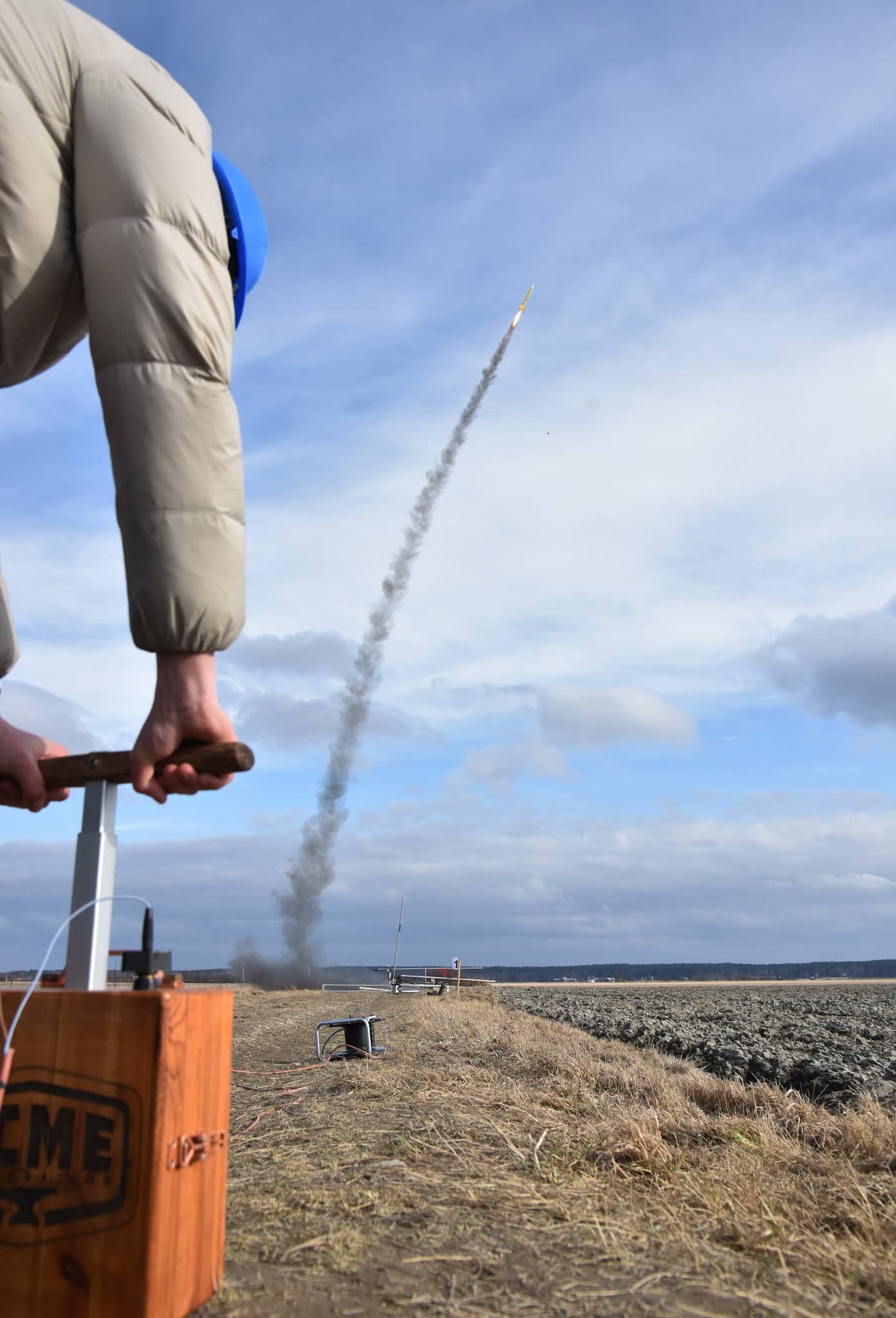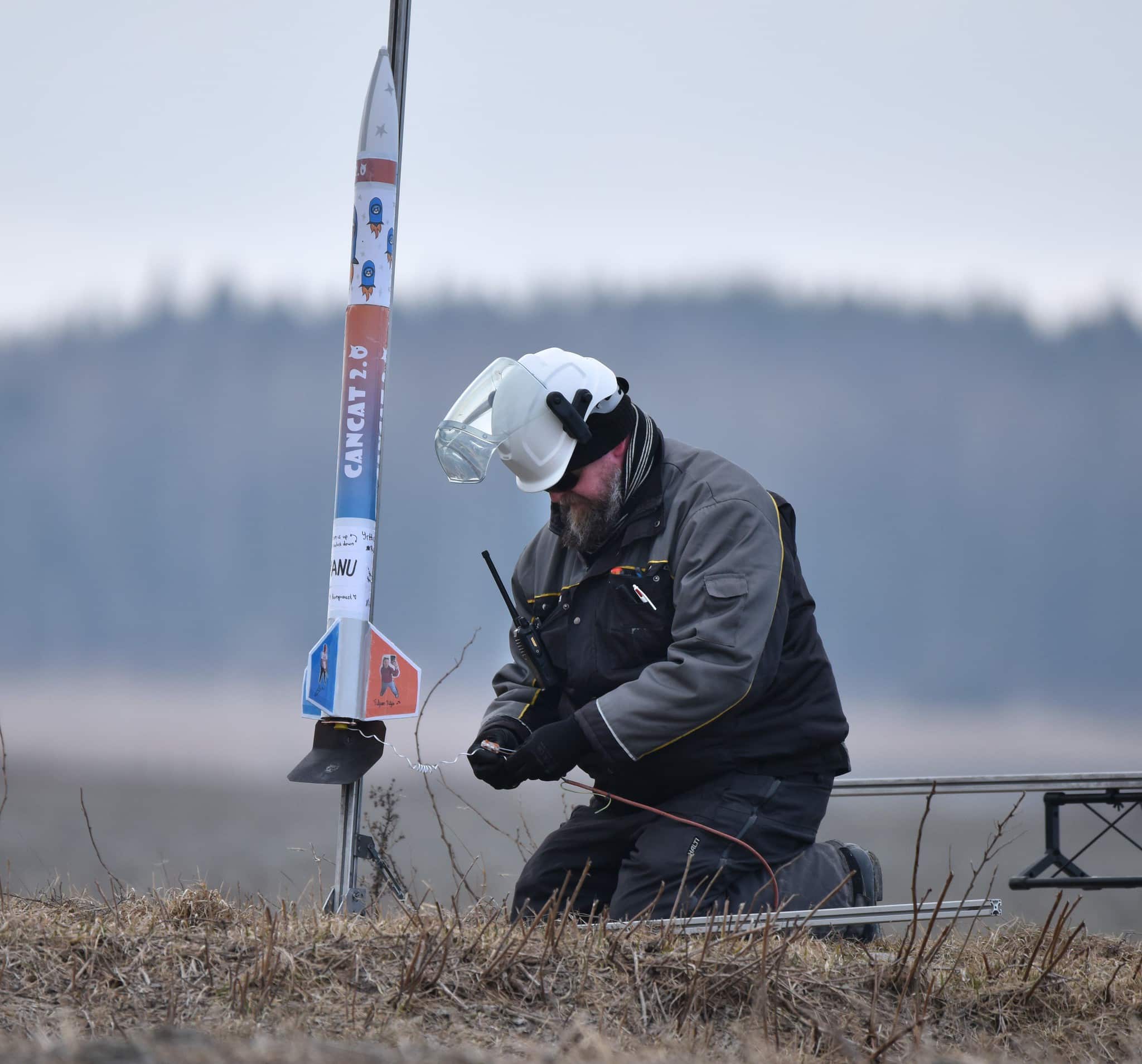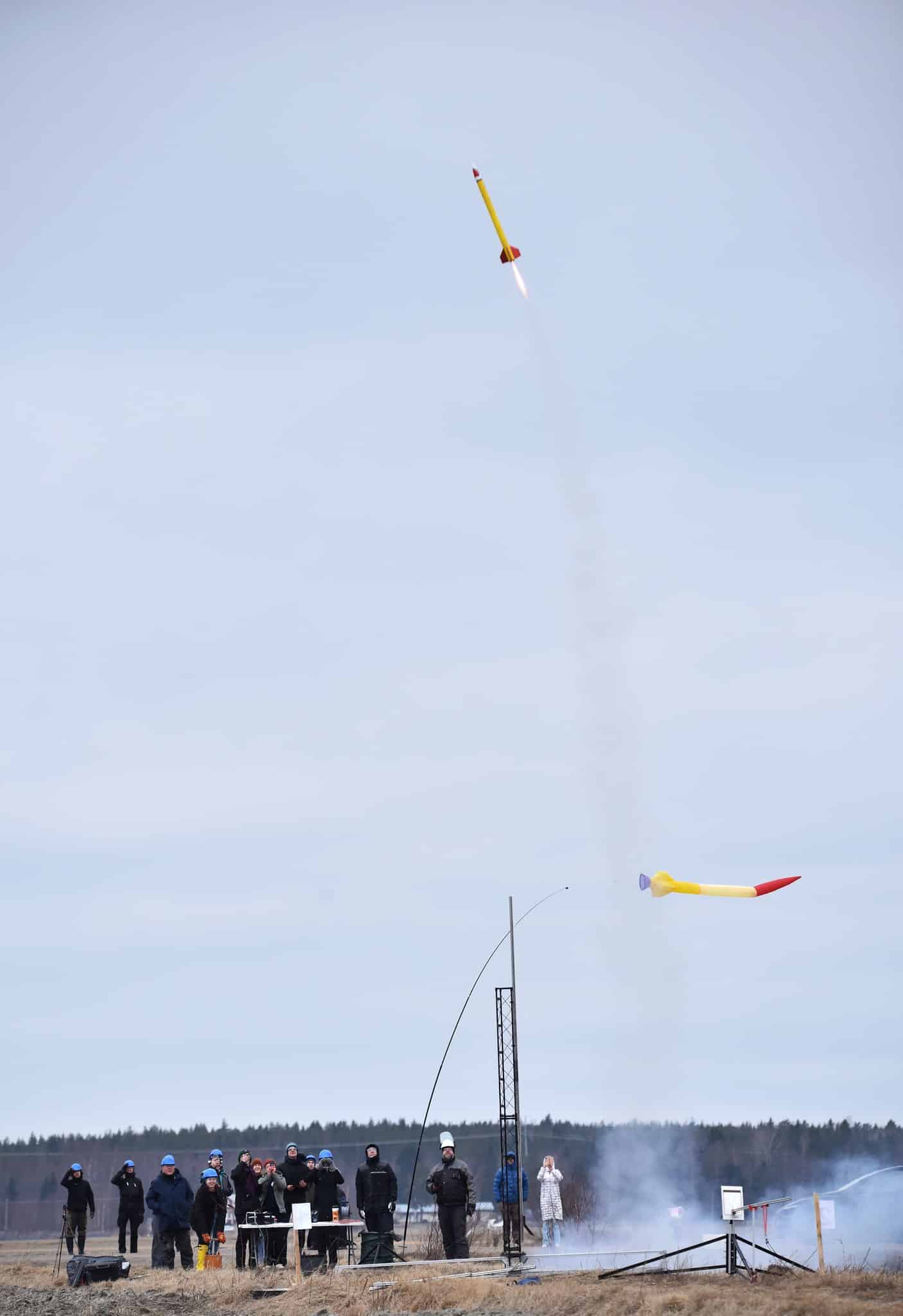The annual CanSat competition was held for the fourth time in Vaasa from March 27 to March 30, 2025, bringing together 11 teams from across Finland and Estonia. Participants came from Espoo, Kokkola, Oulu, Pyhäjoki, Tampere, Hämeenlinna, Järvenpää, Helsinki, Lahti, Vaasa, and Tallinn.
The participants, aged 14–19, were lower and upper secondary school students competing under the guidance of a teacher or mentor. CanSat is, above all, a hands-on experience where students can apply their skills and learn new ones. Organized by ESERO (European Space Education Resource Office), the competition aims to develop problem-solving abilities and foster an “engineering identity”.
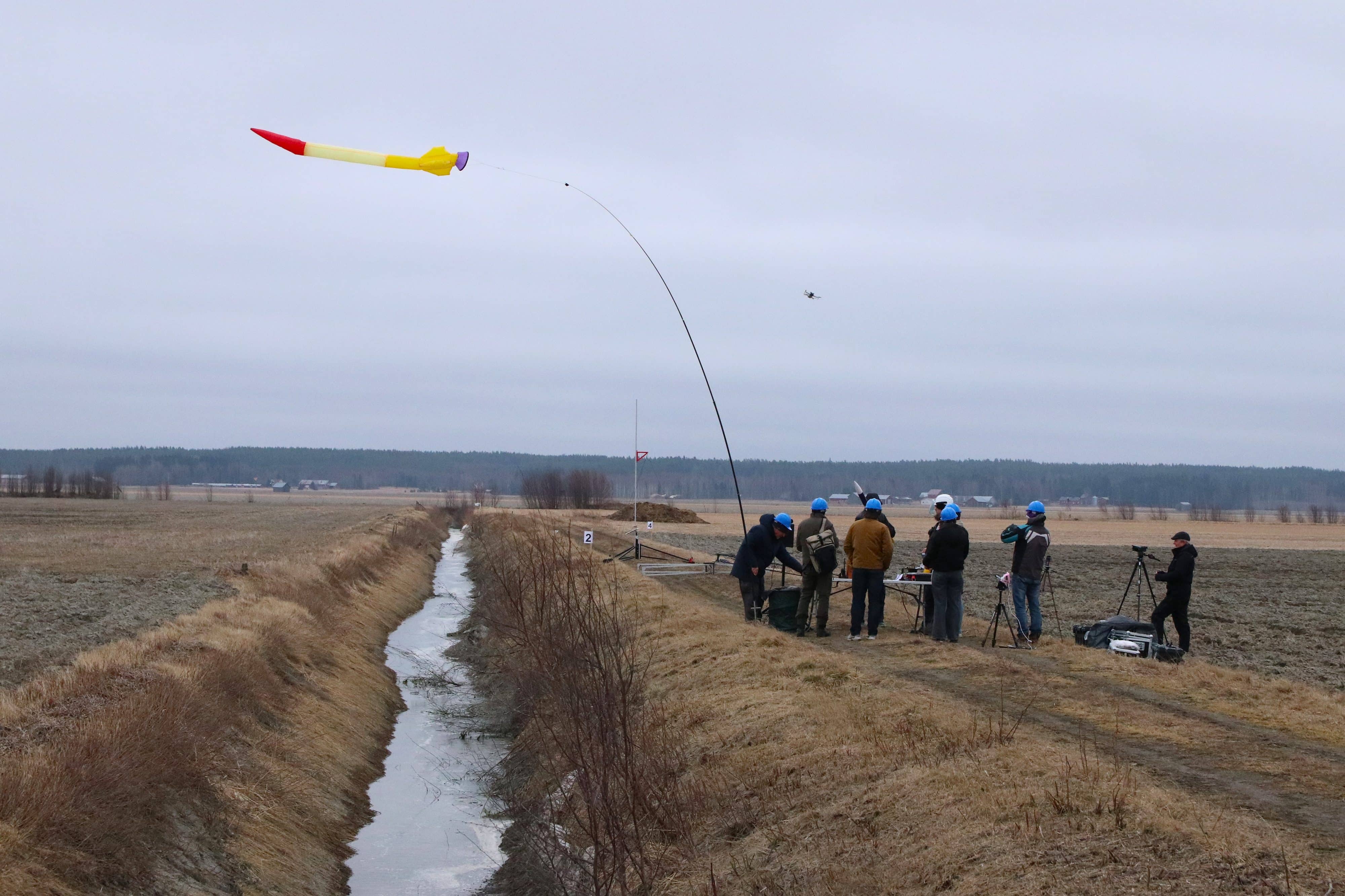
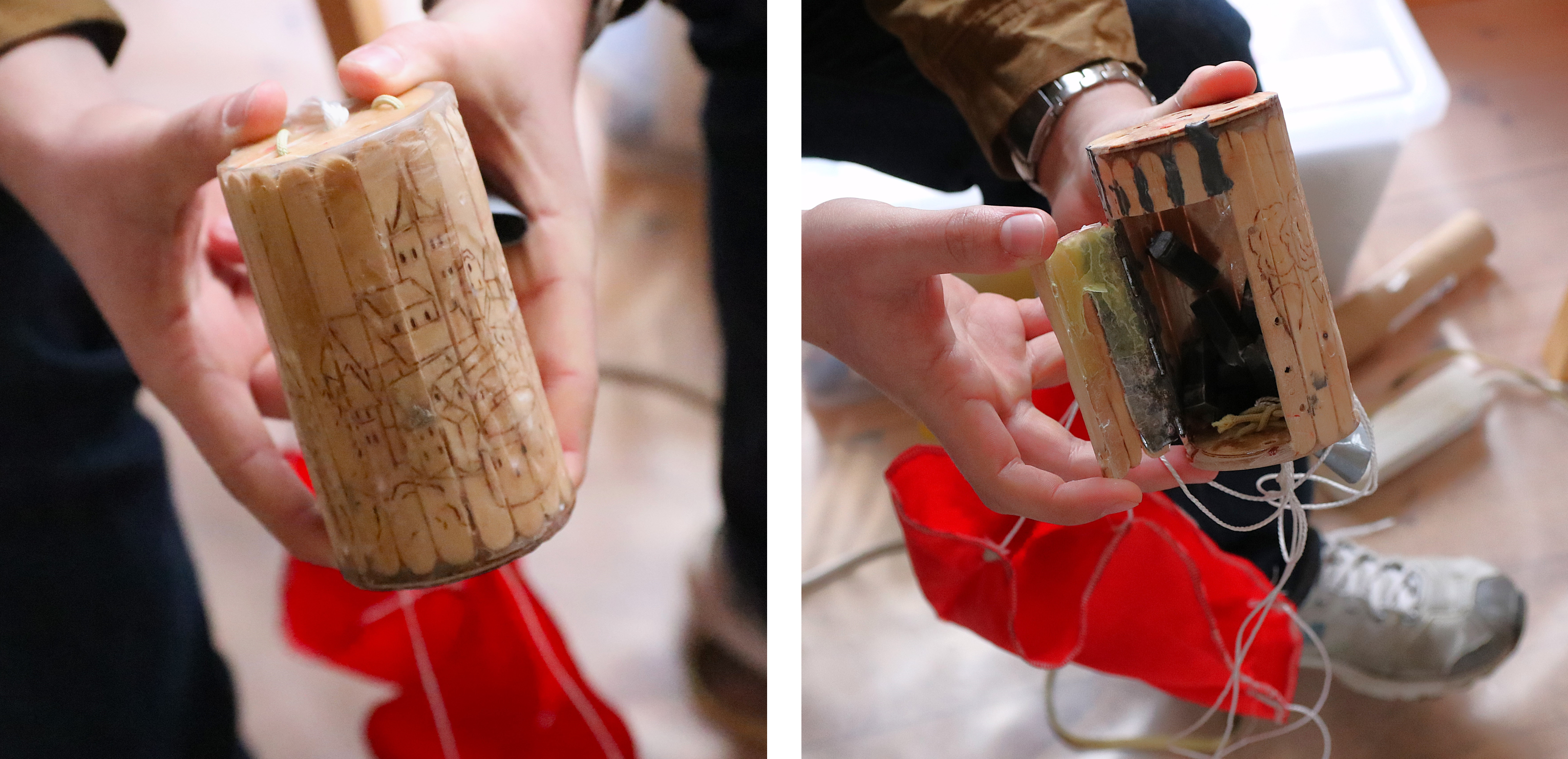
Each team built a satellite using various components, assembling it into a soda can-sized casing. These casings ranged from actual cans to 3D printed or handcrafted models made by the teams themselves. The teams chose a mission, deciding what their CanSat would measure during its approximately one-kilometer journey into the sky.
Opening ceremony introduced teams and covered safety guidelines
The opening ceremony took place on Thursday, March 27, at NOVIA University of Applied Sciences. The event kicked off with a welcome from Heidi Kouki, ESERO Finland’s Project Manager from The Finnish Science Centre Heureka, followed by introductions from the competition organizers.
The ceremony featured representatives from Kvarken Space Center, hosted by the University of Vaasa, with Laboratory Engineer Jaakko Yliaho introducing the center’s work. Also present were the science education centers LUMA Center Pohjanmaa (University of Vaasa) and the Swedish-language LUMA center, Skolresurs (Åbo Akademi).
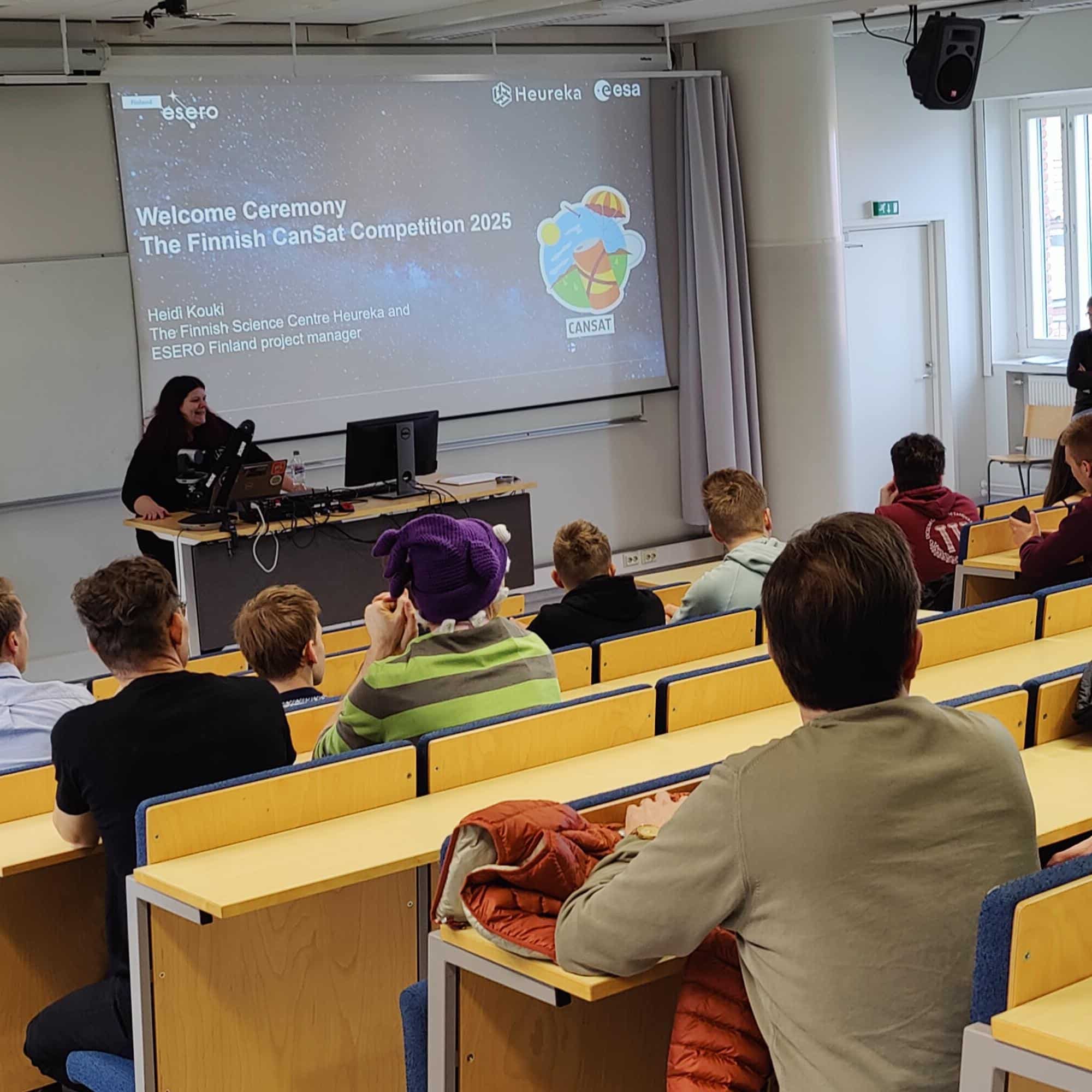

The Finnish Astronautical Association (SATS), serving as the event’s official launch operator, highlighted rocketry as a central part of their mission. NOVIA University of Applied Sciences also presented its various engineering degree programs, available in both Swedish and English. Other organizers included Arctic Astronauts (KitSat), Wasa Innovation Center, local astronomy association Vaasan Andromeda ry, and Meteoria—the rocket launch site.

“Have fun, talk with each other, and ask questions!“ encouraged the judge from Aalto University.
After the speeches, the teams introduced themselves, explaining their roles and missions. Each team had a mandatory primary mission to transmit and collect air temperature and pressure data during launch and descent, and additionally one or more secondary missions that the teams could ideate by themselves.
These included air quality and emissions monitoring, live voltage tracking during launch, greenhouse gas detection, real-time data comparison for climate assessment, satellite stabilization using a motor, Earth Observation using image and video processing, GPS-controlled navigation without human input, acceleration measurement, and much more.
All participants and and spectators attending the rocket launches had to complete a safety briefing conducted by the Launch Control Officer (LCO), who also handled the installation of rocket igniters. The LCO noted that launch vehicles used in the competition are classified as high-power rockets (HPR).
Launch Day – Eyes on the sky to track project success
On Friday, students gathered in front of the Technobothnia building at the University of Vaasa and took a bus to Meteoria in Söderfjärden, one of the world’s best-preserved meteorite craters. SATS experts conducted a technical inspection to ensure that the CanSats were ready for launch.
Once cleared, teams and spectators moved to a safe distance from the Meteoria building and prepared the rockets for launch. With the help of professionals, the rockets ascended to their apogee in an instant.
What is an apogee?
Apogee is the highest point in a rocket’s flight — the furthest it gets from Earth before descending. Its opposite is called perigee, the point closest to Earth in an orbit.
About 12 seconds after launch, the parachutes deployed, allowing the CanSats to descend with the wind to nearby areas – the whole process taking around 80 seconds. Students then retrieved their payloads and eagerly got to examine the results of flight and data analysis afterwards.
Local team taking part
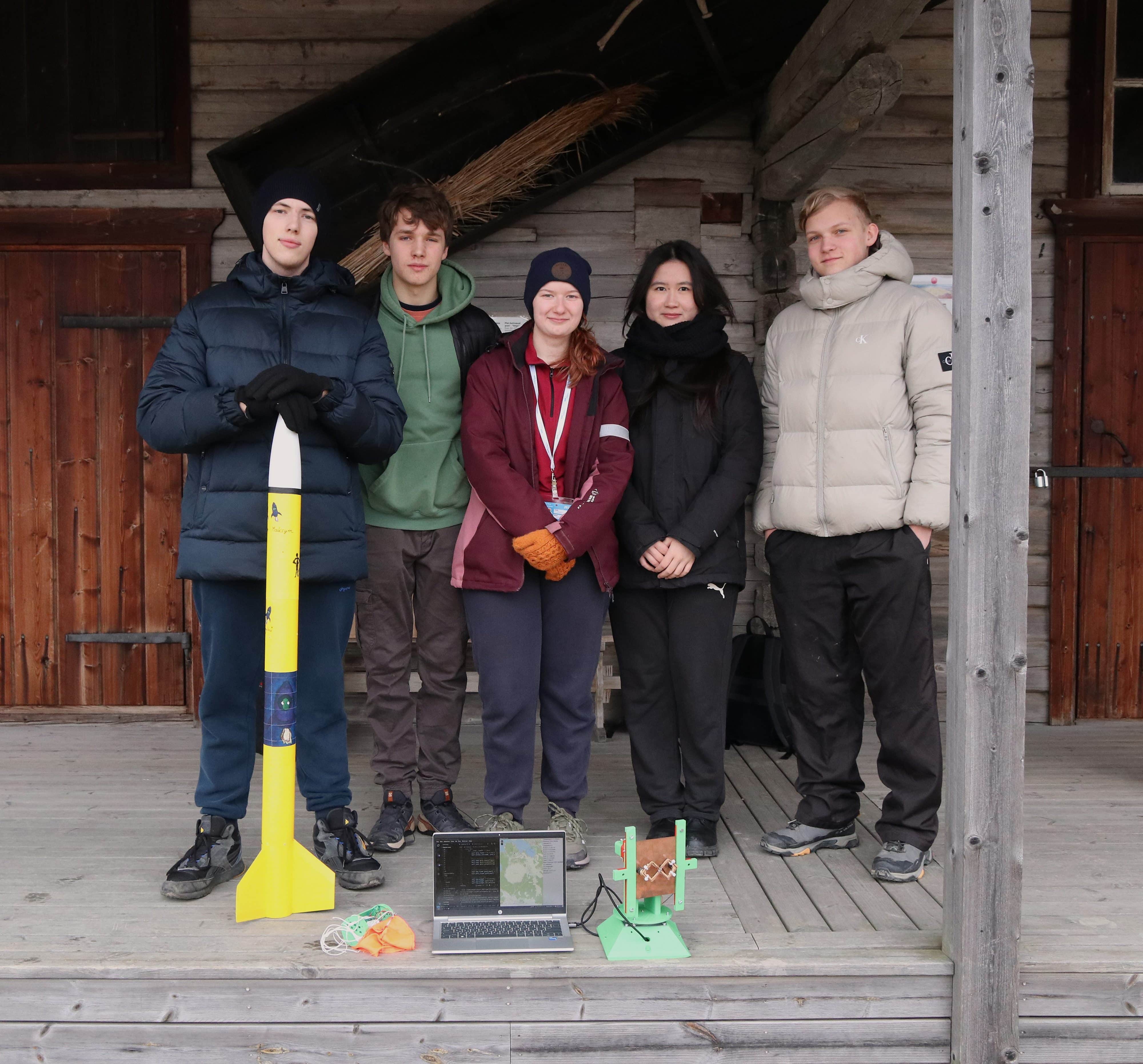
One of the local teams, CurbAll Space, consisted of students from Vasa Övningsskola. Team members included team member Maksym, lead engineer Anton, marketing team members Ester & Angelina, and team leader William. The CanSat competition was a first time for all of them, and they described the experience as primarily fun and exciting.
What made you take part in the CanSat competition?
Anton: I like electronics and wanted to compete. I’m from Moscow, where these competitions haven’t been held.
Ester & Angelina: Our physics teacher told us it would be fun!
William: I’m interested in space and thought this would be a great opportunity to learn more.
The team experienced a minor setback on Friday and their rocket launch was postponed, but they stayed optimistic, saying they would be be better prepared for the next launch attempt on Saturday.
Winding down after a full day

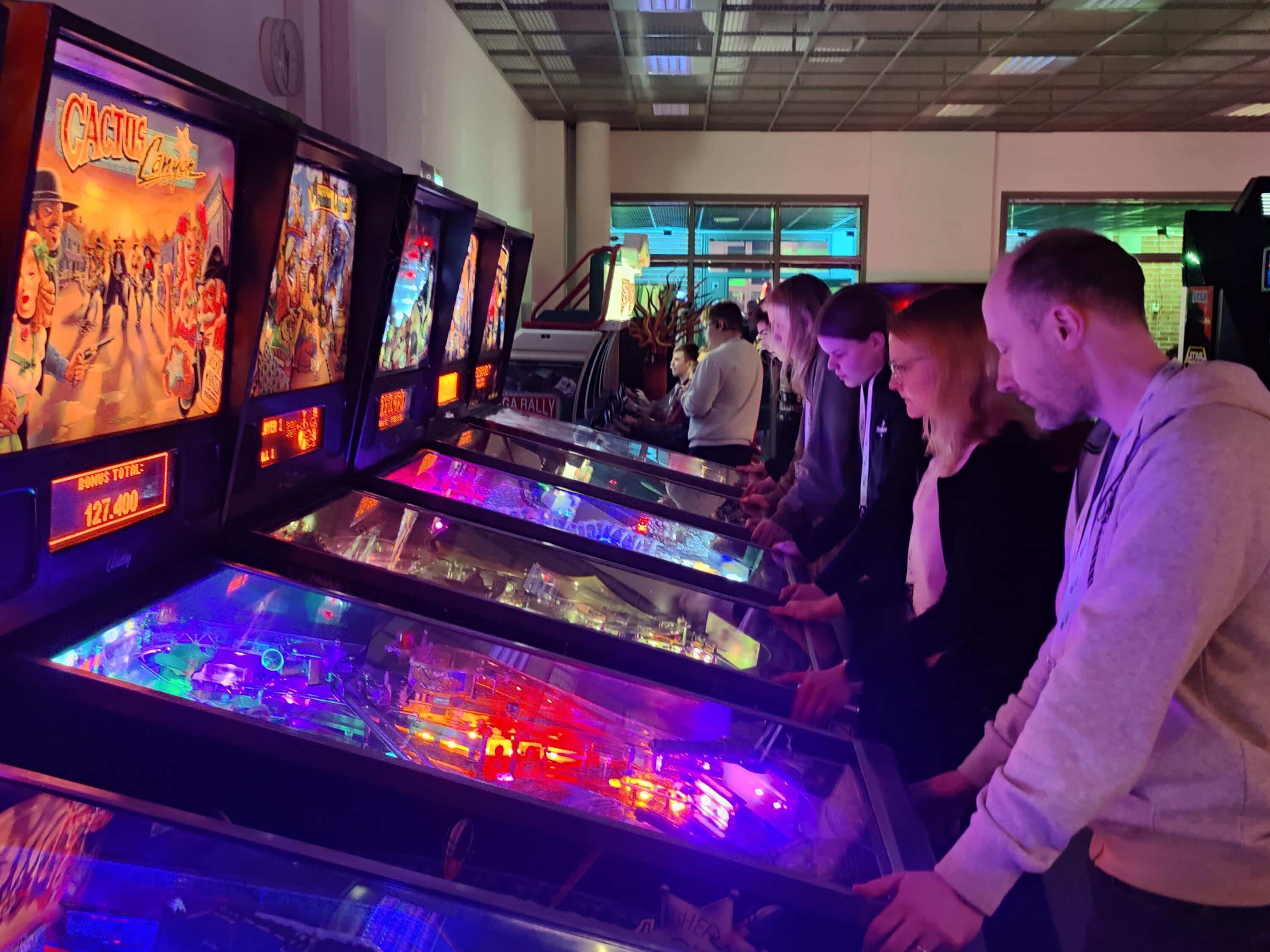
After a full day of launches, the teams and their teachers enjoyed a space-themed lecture by Professor Heidi Kuusniemi from the University of Vaasa and Kvarken Space Center. This was followed by a fun and competitive Kahoot! quiz on space and satellites, with ESA merchandise awarded to the top three scorers.
The day concluded on the third floor of the Fabriikki in University of Vaasa, where participants enjoyed snacks and an impressive selection of retro arcade games—available to play solo or with friends.
Winners and recognition for outstanding teams
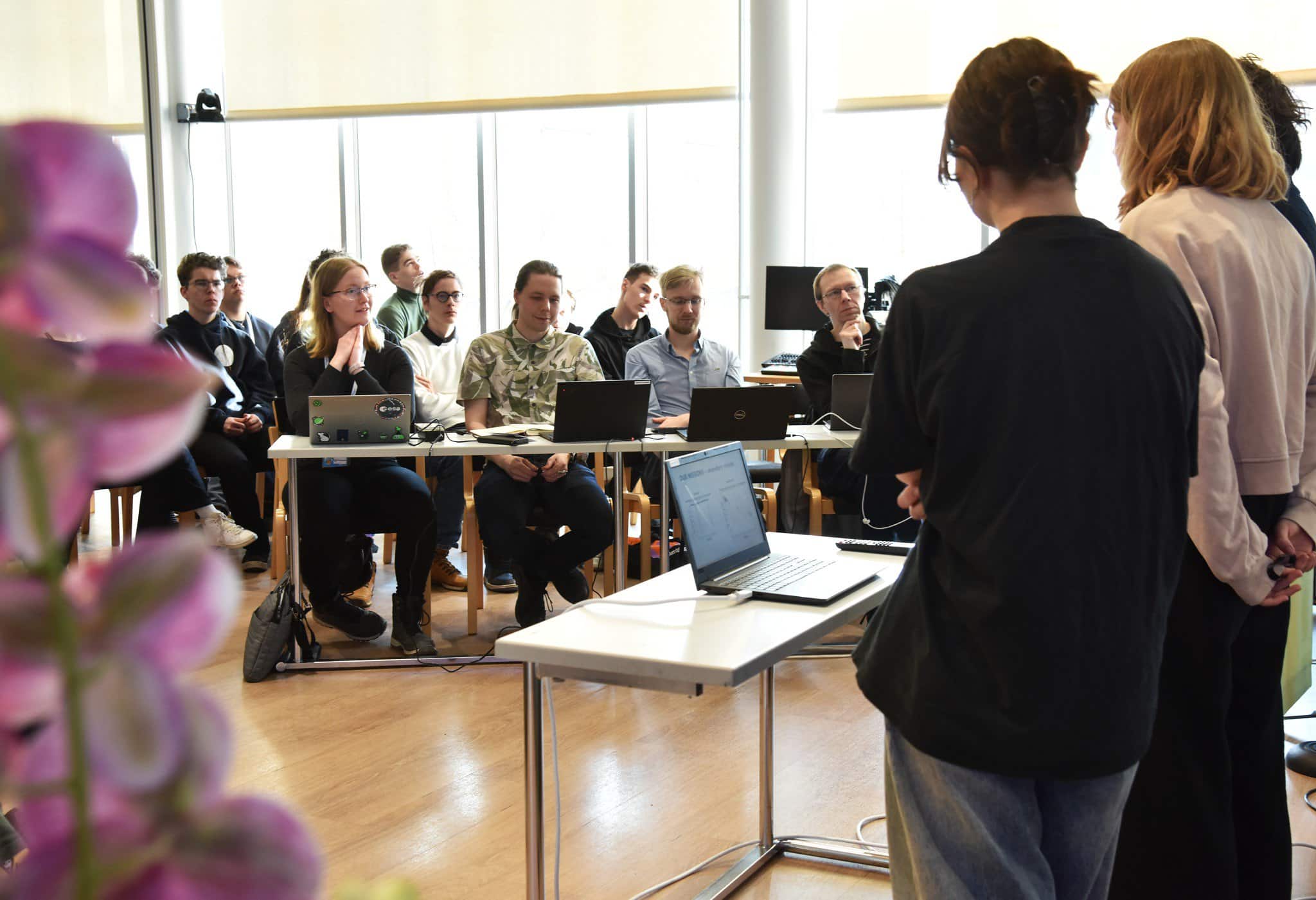
This year’s jury board included experts from Aalto University, Skolresurs, LUMA Centre Pohjanmaa and Kvarken Space Center. They evaluated teams’ performance, and in addition to technical and scientific value’s evaluation, teamwork played an important role in the final assessments. Additionally, outreach that included how team communicates their process to their local community and others through social media, websites, presentations and so on, awarded some extra points to the teams.
Each team worked hard, making the judges’ decision a difficult one. In the Closing Ceremony, Team ALAS from Kokkola was announced to be this year’s champion. Other teams were also recognized with awards for categories such as “Most Sisu”, “Best Outreach”, “Creative Problem-Solving”, and more.
As winners, Team ALAS is participating in the three-day Space Engineer for a Day event taking place in the Netherlands this week, 18–20 June. There, they will visit ESA’s European Space Research and Technology Center (ESTEC), meet other winning teams, present their projects in a poster session to space experts, and take part in space-themed social events and workshops.
Encouraging future scientists
ESERO activities, coordinated by the science centre Heureka, encourages all space and science enthusiasts to visit its newly renovated facilities in Vantaa. The renovation will be complete during Autumn 2025—ready to welcome visitors back to its top-notch planetarium and exhibitions.
Post’s main photo: Jan Holmgård.

